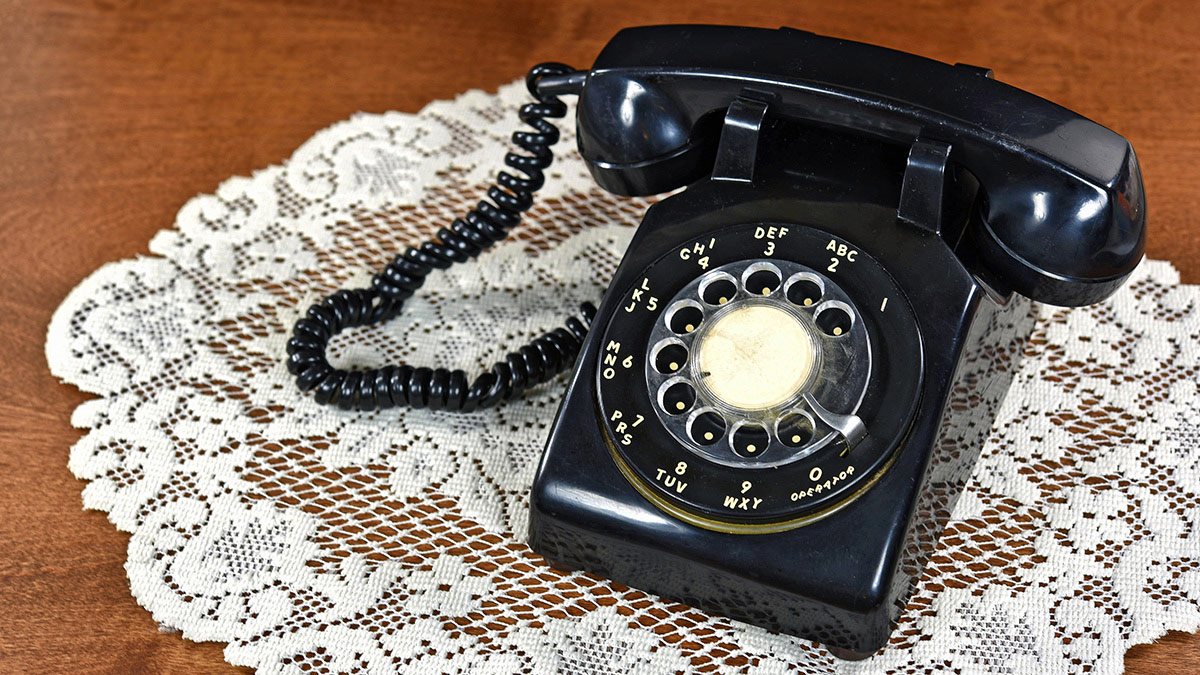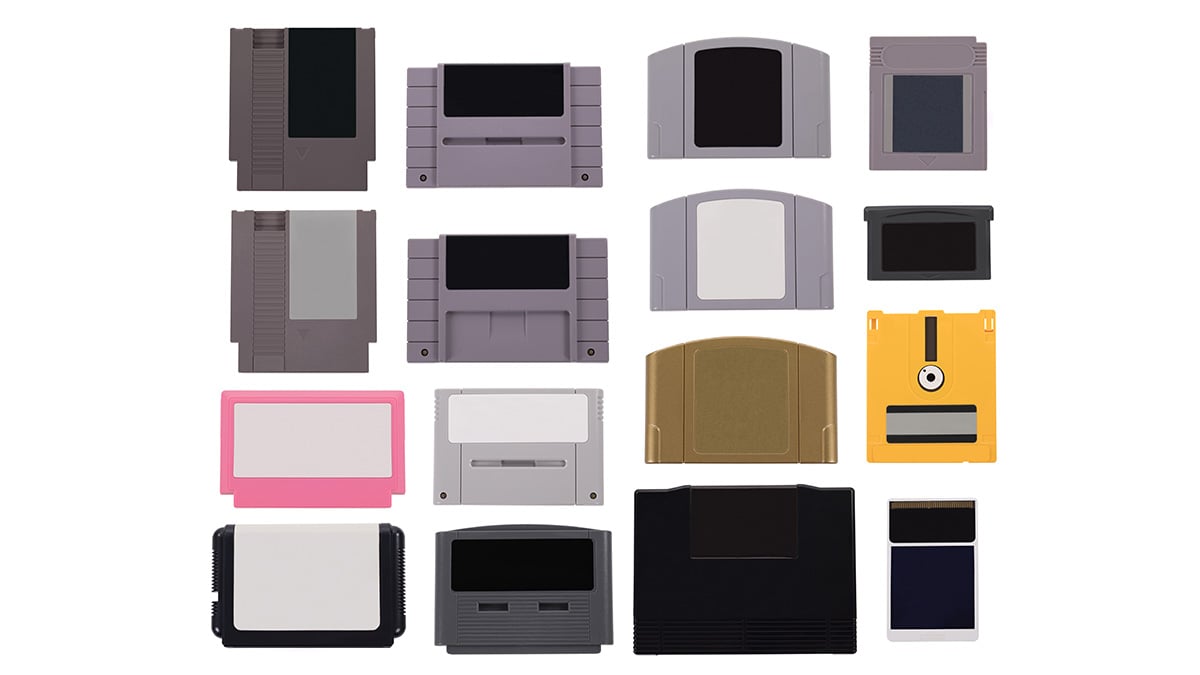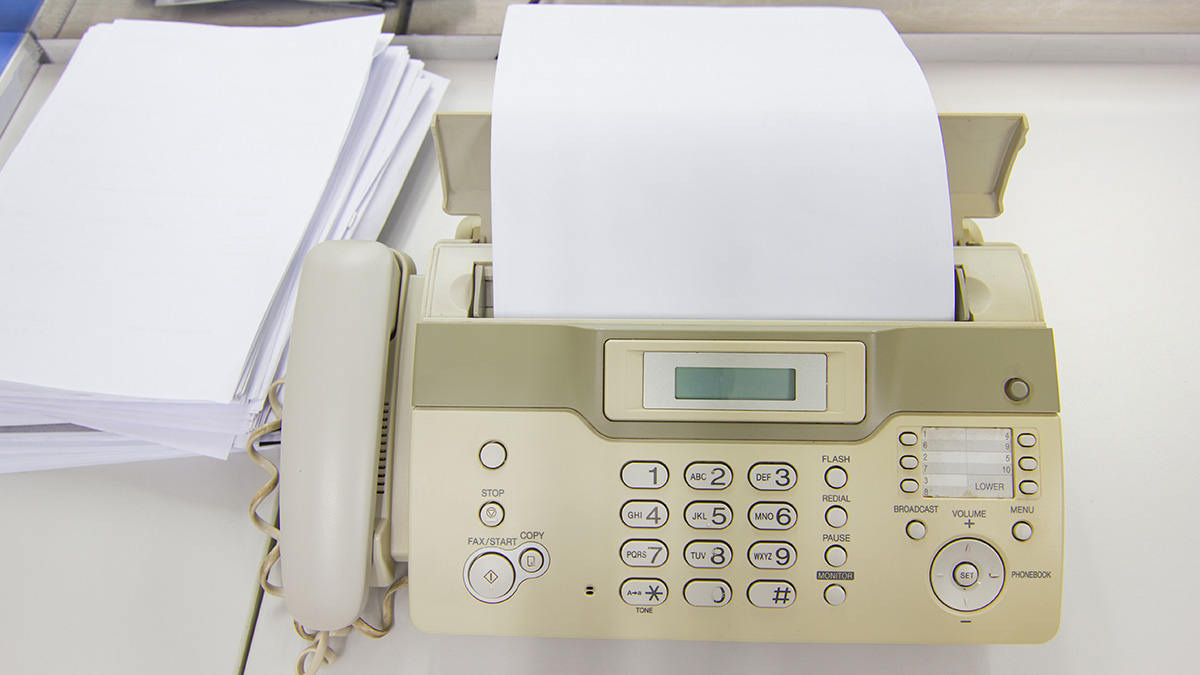
Stop! Before reading any more of this article, please take a moment to consider the smartphone, laptop, desktop or tablet behind the screen that you are currently looking at. Take a meditative moment to think back for a minute or two and ponder when it was that this piece of technology first came into your life. Chances are, the trusty tech device was born less than five years ago in a factory somewhere in China. Perhaps you like to stay up to date and it is one of the latest gadgets in the market? Or do you like to hang on to your devices from the time when they are considered modern technology until the years pass and they are first considered old technology, then outdated technology and finally obsolete technology?
What does obsolete mean? Obsolete means something that is no longer used or produced, or something that has been replaced by newer, more efficient or more fashionable alternatives. As with all things, old and obsolete are both subjective. Cars, guns and guitars from the 1960s may be considered old technologies by some, but are now considered classics of design and are highly valuable. Meanwhile, old tech grows old much faster due to rapid technical advances and planned obsolescence and most of it ends up in the trash. Join us as we take a trip down memory lane (or, depending on your age, a history lesson) to look at some examples of obsolete technology.
VHS tapes

Video Home System (VHS) tapes are a 70s technology that revolutionized the way people watched movies from the late 1970s well into the 1990s. Videotapes allowed viewers to watch movies in the comfort of their own homes, also to record TV shows and transfer home videos filmed on camcorders to VHS format. Alas, VHS tapes lost popularity with the emergence of VCD and DVD formats in the late 1990s. Have you ever been to Blockbuster? If you missed the 80s and 90s don’t worry. Take a trip to Bend, Oregon to visit the last remaining Blockbuster store. Enjoy your video, but don’t forget: be kind, rewind!
Rotary dial telephones

Let’s continue on our journey with a design classic, the rotary telephone. If you were born in or after the 1980s, chances are you don’t know how to use one of these phones, whose iconic dials were first patented in the 1890s. A long time ago, and while some people see these as simply old things that are not used anymore, rotary dial telephones are a retro technology that everyone recognizes instantly. These telephones recall a not-so distant, simpler past when milk came from cows, tables had ashtrays, dials whirred on telephones and Roald Dahl books were not controversial.
MiniDisc

Jumping forward a few decades to early 2000s tech, the MiniDisc (MD) developed by Sony was a small disk measuring 68×72×5mm that was mainly used for music playback. If you were around in the 1990s and 2000s, you may have had a MiniDisk (MD) player. Portable MD players were pocket sized, and crucially, the disks did not skip, a vast improvement on most portable CD players, also popular at the time. Alas, MiniDiscs were not embraced by everyone and notably few albums were released in the MD format. Hot on the heels of the MiniDisc came MP3 players in the late 90s, and of course Apple's first iPod release in 2001. Listeners chose invisible digital files over plastic disks to transport their portable music, and the MD went the way of the dinosaurs.
Overhead Projectors

It seems like yesterday I was sitting in the back of Chemistry class, the lights dimmed low, listening to Cypress Hill on my MiniDisk player. The teacher struggled to wind the transparency sheet on the overhead projector to show us yet another series of formulas. Those were the days. The days of the overhead projector. Decidedly modern alongside its dusty, antique pal the chalkboard, the overhead projector was used in schools and offices from the 1960s right through to the 2000s. Interactive white boards and more engaging PowerPoint style presentations replaced the bright lights of the overhead projector in the early 2000s.
Pagers (Beepers)

Got a beep from a girl named Natalie? Or have you ever been woken up by a beeping sound and wondered who on earth is paging you at 5.46 in the morning? If you aren’t familiar with getting a page or a beep, well, let me explain. The pager, or beeper, is a semi-obsolete wireless technology that allows users to receive messages sent by telephone or SMS. From the 1980s until its heyday in the 1990s, beepers were a popular technology, superseded by cellphones in the early 2000s. Pagers are still used today in hospitals and by first responders in areas with poor cell phone coverage.
Game Cartridges

Home video game consoles have changed a lot over the past thirty years. Do the names Atari or Amstrad ring any bells? How about Super Nintendo, Sega Genesis? Consoles from competitors Nintendo and Sega used ROM cartridges as their primary storage format until the mid 2010s when the robust, long lasting cartridges were generally replaced by CD-based game systems. Seldom used today, but not obsolete per-se, Game Cards are still used by Nintendo for their handheld gaming consoles.
Dumb Phones

I grow old ... I grow old … I shall wear the bottoms of my trousers rolled. I must admit, it took me a minute to figure out the intended meaning of the slightly derogatory sounding dumb phone. Obviously a dumb phone is the predecessor of the smartphone, dummy. The mobile phone had its heyday in the early 2000s; these were phones with three main functions, to make and receive calls and send SMS messages. And, if you owned a durable classic like the Nokia 3310, play endless games of Snake II. The batteries lasted for days before they needed charging and there were few distractions such as having the entire internet at your fingertips. Mobile phones have a special place in the hearts of many users, and are by no means dead, or forgotten: Nokia resurrected the 3310 in 2017.
Did you get my fax?

Don’t worry, we didn’t send a fax, in fact, the old yellow plastic fax machine was recycled years ago in a far away land, its various components melted into scrap and repurposed. It’s funny, some of these obsolete technologies are now worthless junk and others stand out as design classics. We hope you enjoyed this nostalgic trip down memory lane, or at least learned something new about obsolete technology.








